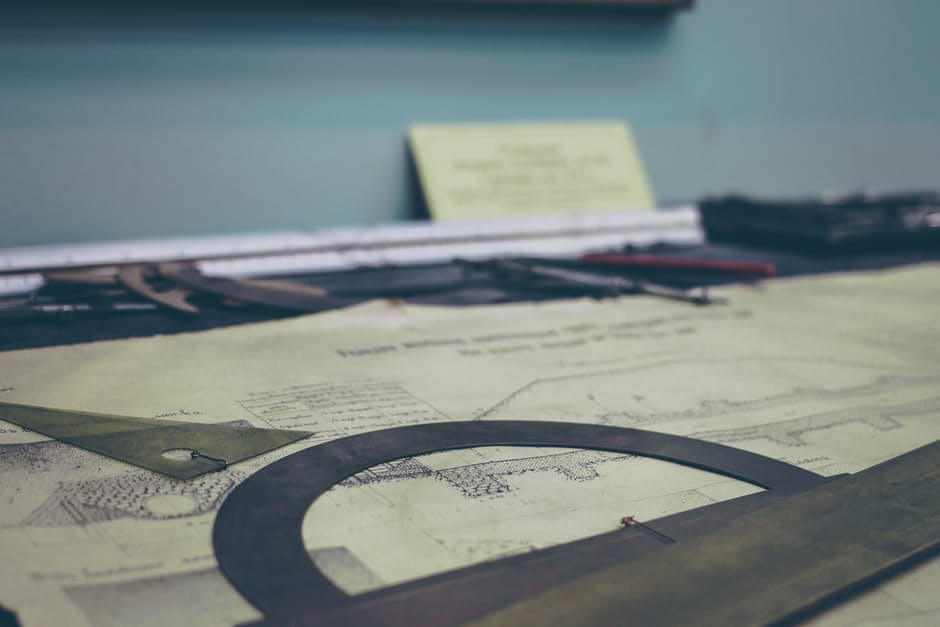
One of the most difficult tasks when planning a laboratory redesign is staying on budget. Your budget approval committee has given you a strict window to fit into, and you know if you go too far over that, it’s unlikely that your plans will be approved. But how do you stay on budget and still get all the new upgrades and technology that your lab needs to compete in today’s market? It’s not easy.There’s always things that you can’t compromise on, like machines that function to standards and features you need to stay up to code. However, we’ve been in the laboratory design business for a while now, and we have found a few places where you can save money and still end up with a lab that you’re proud of. Here are a few of our top tips:
Keep Existing Casework
One of the easiest ways to save money on a lab redesign is to simply keep casework that still works! It might take a bit of time, but it’s a good idea to have an employee go around and check out each unit to see which can still be used and which have been hit by corrosion or other damage. You can also hire a lab design company or manufacturer to go around and inspect each casework unit to see which can stay and which will require replacement.
If your lab has stainless steel casework, you’ll probably save even more by keeping what you already have, since stainless steel is so durable and resists corrosion. In most cases, a competent lab manufacturer can match your new casework to what you already have, and you can save thousands just by keeping what already works. You’ll still end up with a sleek, unified design that functions to your high standards–you’ll just be paying a little less.
Go Energy Efficient
Believe it or not, this is about more than the environment. Energy efficient light fixtures also save you a lot of money on your lab’s energy bill. Just consider how long you have the lights on in your laboratory. Even if your employees are only in during normal work hours, it’s likely your lab lights are on somewhere around 12 hours a day. And if your lab works around the clock or on weekends, that number increases exponentially. Lab lighting also has to be high-powered, which means it uses a lot of wattage and a lot of energy so your employees can properly see what they’re doing.
You can save a lot of money by choosing LED and energy efficient options. LED lights tend to be brighter than standard fluorescent bulbs, they run on less wattage, and they last longer. Another bonus of LED lights is that they don’t produce as much heat, which means your lab will maintain a steady temperature more efficiently. Even if you don’t spring for LED lights, any energy efficient bulb is going to save you money. The longer a bulb lasts, the fewer replacements you have to buy. The more energy efficient a bulb is, the more light you get for a lesser energy cost. And if you’ve got the lights on all the time, those savings can really add up. So to cut costs on your lab redesign, make sure to consider energy efficient lighting options.
Reconfigure
Perhaps one of the most costly parts of redesigning a lab is simply making the space for it. If you have to knock out a wall or expand into another area of your building, a lot of your budget is going to be put toward construction. A great way to save money is to reconfigure your existing lab to maximize space, instead of incurring those additional construction fees. When you talk to your lab redesign expert, you can ask if they have any design solutions that would allow for an open floor plan.
In many cases, if you didn’t need too much extra space in the first place, a design expert will be able to reset your existing lab so that common areas, like fume hoods and sinks, are easily accessible to all employees. Consider placing workstations in areas where they’re out of the way, so employees aren’t tripping over or interrupting others on their way to complete a process. You may also be able to add more overhead storage to make room for additional table space. Floor storage can then be moved overhead to give employees more space to work, or to add in additional machinery. You might already have more than enough space and it’s just an outdated design that’s keeping the efficiency and productivity of your lab down.
Consolidate
Going along with space saving, consolidation is another great way to keep costs down. Say you have two of something, but you never use the backup. Can you afford to get rid of that backup, or can it be easily moved somewhere where it’s not taking up valuable space? If you have a spare room that’s not set up to be part of the lab, but could hold non-corrosive supplies and extras like beakers, volumetric flasks, back-up safe solutions, and other extras that take up space, you’ll save a lot of money by not needing to expand the lab as much as you thought.
New HVAC Unit
Finally, another way to save money on your lab redesign is to actually spend money. Believe it or not, a new HVAC unit can save you the most money in the long run, especially if your existing unit is old and outdated. In many older buildings, with labs that have operated for decades, the HVAC unit has been around for far too long. It’s worth it to have someone inspect your existing unit to ensure that all of the ductwork and exhaust pipes are directing air safely where it needs to go. One of the biggest fears with older labs in large buildings is that the HVAC system is directing contaminated exhaust air to the rest of the building, rather than to an air filter and then outside. If this is true and the issue is not corrected, you’re likely to spend way more money paying safety violation fees and potential lawsuits than it would have cost to simply replace and fix the existing system.
If your inspector reports that everything is flowing the way it’s supposed to, but your heating and cooling unit is more than 15 years old, it’s also in your best interest to purchase a new unit. Those older units are incredibly inefficient and often inaccurate–a major problem for labs that require a steady temperature. A new unit will save you money on your energy bill and will accurately maintain a steady temperature, ensuring your machines don’t overheat, and your samples are properly measured.
Laboratory redesigns are expensive and often difficult to get approved. We hope these tips to saving money on your lab redesign help! If you have any more questions about money-saving redesign techniques, or you’re looking to start planning a lab redesign, be sure to get in touch with the experts at Multi-Lab. We’d love to answer any questions you have, and we can get you a quote that fits your proposed budget in no time. Give our office a call at 616-846-6990, or contact us online today!
If you’d like more information on redesigning a lab, check out our comprehensive Laboratory Redesign Guide. From using your existing space effectively to ensuring your lab has proper airflow, it’s all in there. Click below for the free download!

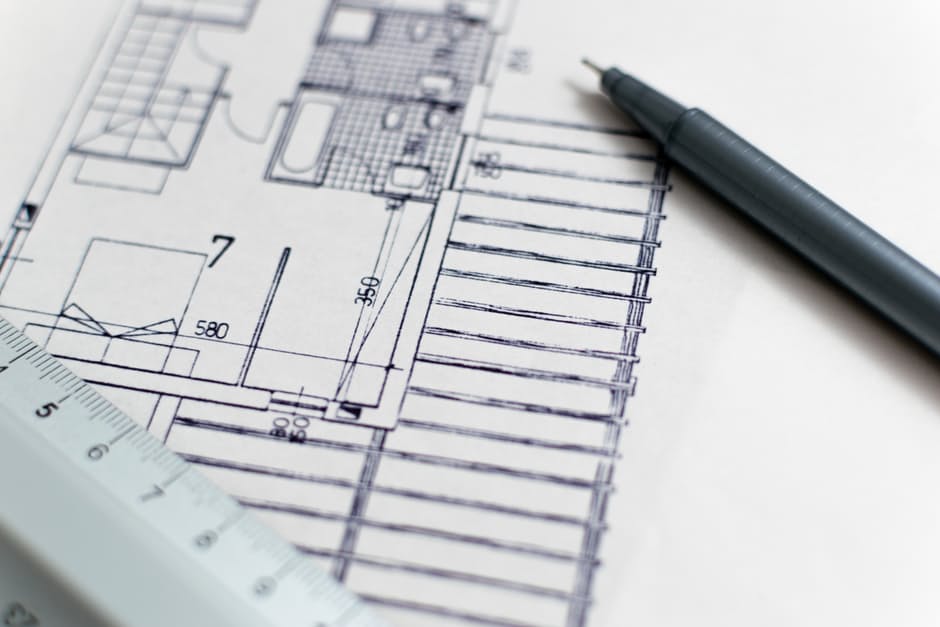
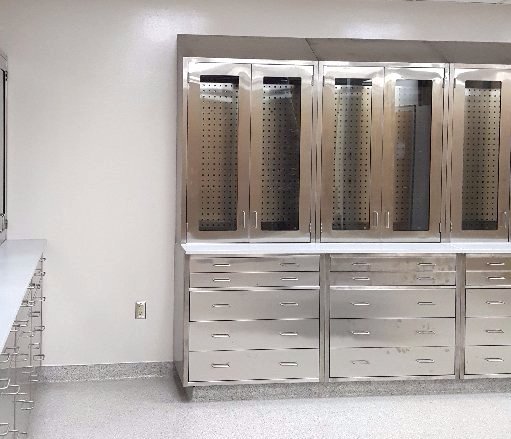
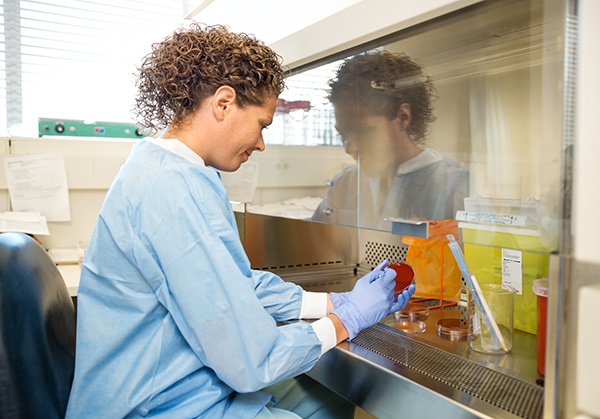
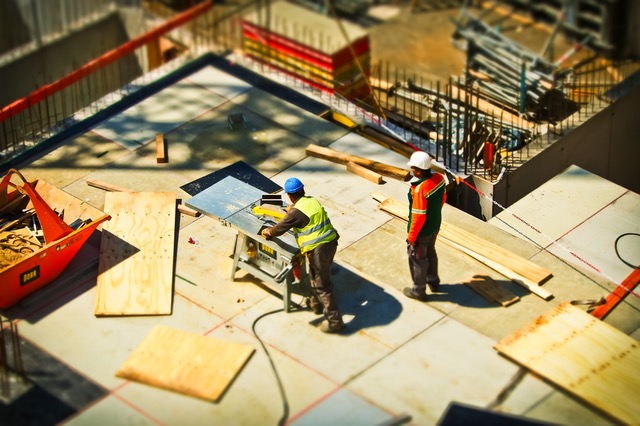
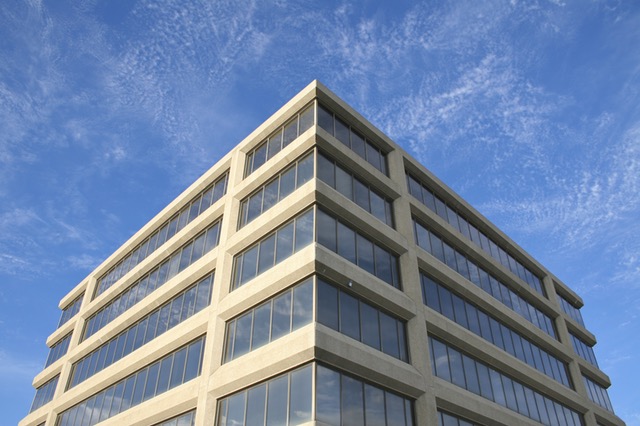
About The Author: MultiLab
More posts by MultiLab